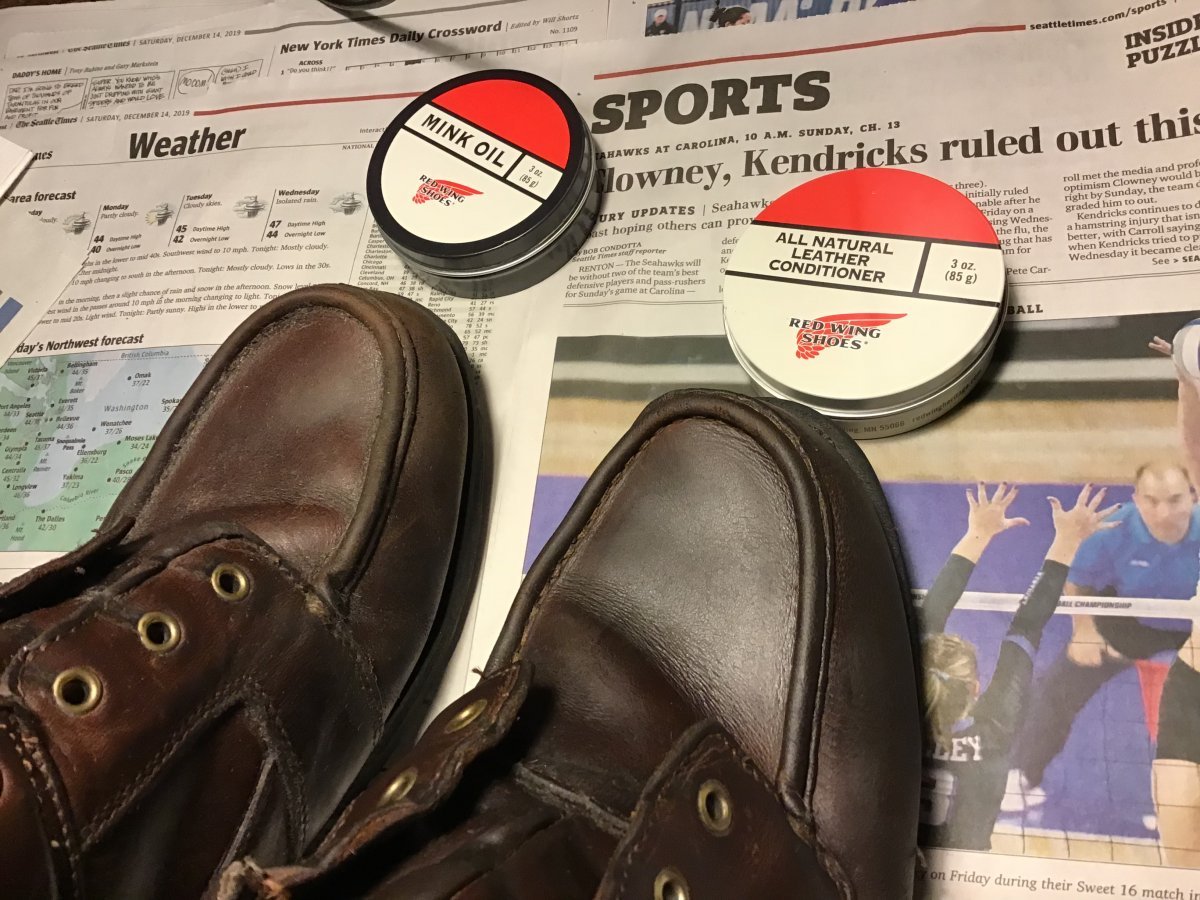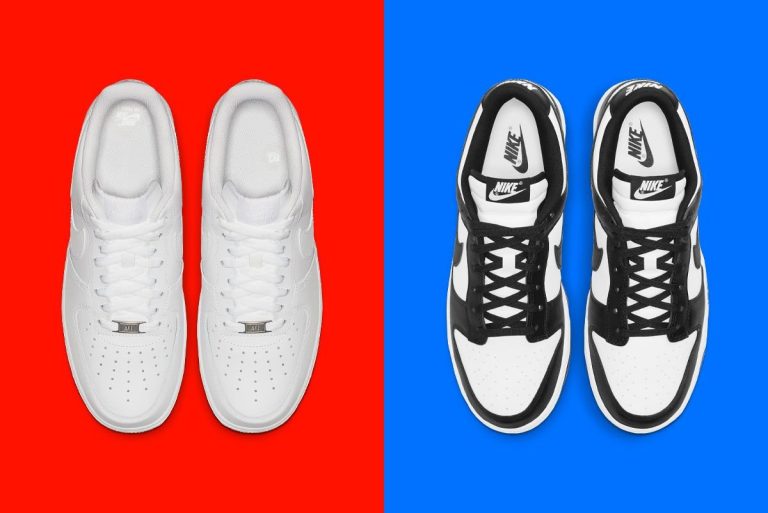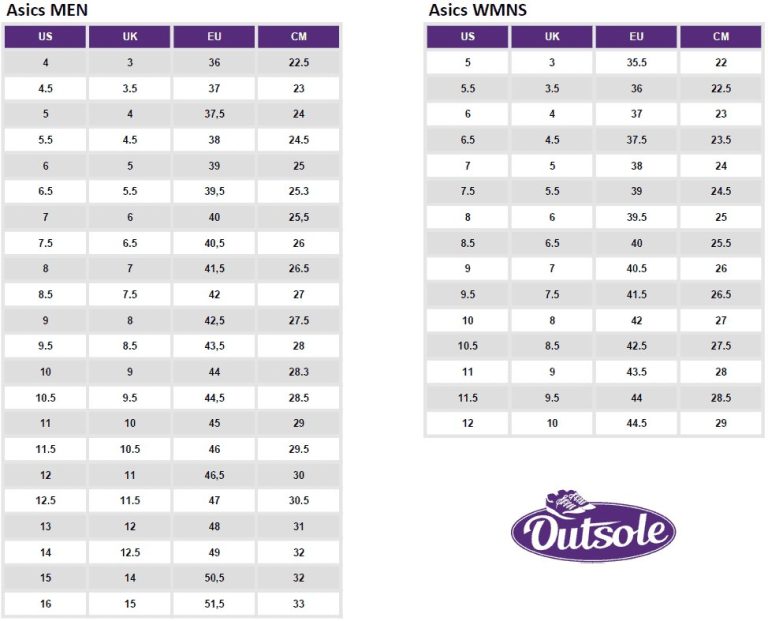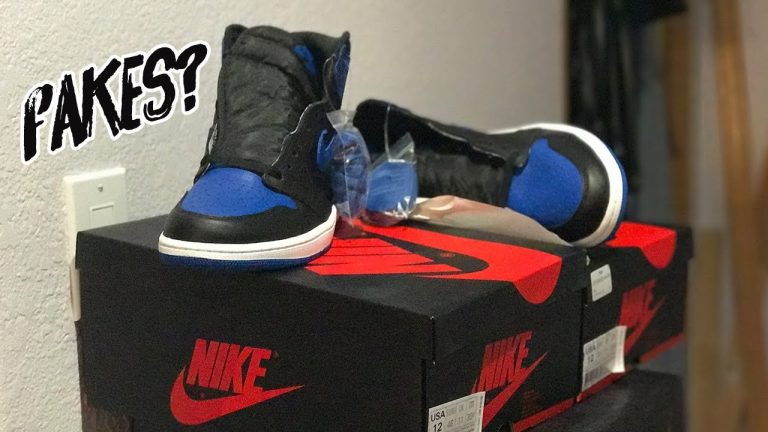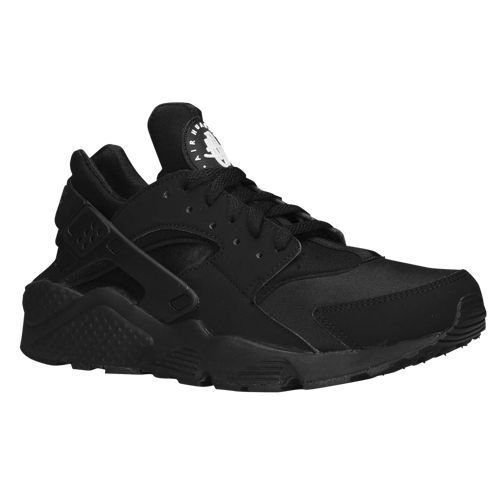Are you wondering which is better for protecting your leather goods: mink oil or Sno-Seal? Well, the answer might surprise you. When it comes to mink oil vs Sno-Seal, both have their advantages and can effectively nourish and waterproof your leather items. Mink oil, derived from the fat of minks, is known for its ability to condition leather and restore its natural oils. On the other hand, Sno-Seal, a beeswax-based product, forms a protective barrier on the leather, repelling water and preventing cracks. So, let’s delve deeper and explore the benefits of these two popular leather care options.
Mink Oil vs Sno Seal
Introduction
When it comes to protecting and conditioning leather, mink oil and Sno Seal are two popular choices. Both products offer unique benefits and can help extend the life of your leather goods. In this article, we will compare mink oil and Sno Seal in terms of their properties, application methods, effectiveness, and environmental impact. By the end, you’ll have a better understanding of which product is best suited to your leather care needs.
Properties of Mink Oil
Mink oil is derived from the fat of minks, which makes it an animal-based product. It has been used for centuries to condition and protect leather due to its natural lubricating and softening properties. Here are some key properties of mink oil:
- Lubrication: Mink oil acts as a lubricant, making leather more pliable and resistant to cracking.
- Water Resistance: It forms a barrier on the leather surface, helping to repel water and moisture.
- Natural Conditioning: Mink oil penetrates deep into the leather, moisturizing and nourishing it from within.
- Softening: It helps make the leather soft and supple, enhancing its natural texture.
Properties of Sno Seal
Sno Seal, on the other hand, is a wax-based waterproofing product originally developed for the ski industry. It offers a different set of properties compared to mink oil. Let’s take a look:
- Waterproofing: Sno Seal creates a strong waterproof barrier on the leather surface, preventing water and moisture from seeping in.
- Durability: It forms a long-lasting protective layer that can withstand harsh weather conditions.
- Heat Resistance: Sno Seal has a high melting point, which means it remains effective even in high-temperature environments.
- Preservation: It helps prevent damage caused by salt, chemicals, and even UV rays.
Application Methods
The application methods for mink oil and Sno Seal differ slightly. Here’s how you can apply each product:
Applying Mink Oil
To apply mink oil, follow these steps:
- Clean the leather surface: Use a soft cloth or brush to remove any dirt or debris.
- Apply the mink oil: Take a small amount of mink oil on a clean cloth and rub it onto the leather in circular motions.
- Allow absorption: Let the leather absorb the oil for a few hours or overnight.
- Buff off excess: Use a clean cloth to wipe off any excess oil and buff the leather for a shiny finish.
Applying Sno Seal
Here’s how you can apply Sno Seal to your leather items:
- Clean the leather: Prepare the leather by cleaning it thoroughly with a mild soap and water solution.
- Melt the wax: Apply heat to the Sno Seal container to melt the wax, making it easier to spread.
- Apply the wax: Use a brush or cloth to evenly distribute the wax onto the leather surface, making sure to cover all areas.
- Remove excess wax: Wipe off any excess Sno Seal and allow the leather to absorb the remaining wax.
Effectiveness
Both mink oil and Sno Seal are effective in protecting and conditioning leather, but they excel in different areas. Here’s a breakdown of their effectiveness:
- Mink Oil: Ideal for moisturizing and softening leather, mink oil is particularly beneficial for restoring dry or damaged leather. It works well on items such as boots, gloves, and bags.
- Sno Seal: Known for its excellent waterproofing capabilities, Sno Seal is perfect for outdoor gear like hiking boots, jackets, and camping equipment. It provides long-lasting protection in wet and snowy conditions.
Environmental Impact
Considering the environmental impact of leather care products is essential. Here’s what you need to know:
- Mink Oil: Since mink oil is derived from minks, it is an animal-based product. However, many mink oil brands claim to source their oils as a byproduct of the fur industry, reducing overall waste.
- Sno Seal: Sno Seal is a synthetic product made from a blend of waxes. While it doesn’t directly harm animals, the manufacturing process may have some environmental impact.
In the battle of mink oil vs. Sno Seal, there is no clear winner. Both products have their strengths and can be highly effective in specific applications. If you’re looking to soften and condition leather, mink oil is an excellent choice. On the other hand, if waterproofing is your priority, Sno Seal is the way to go. Consider the properties, application methods, effectiveness, and environmental impact when choosing the right product for your leather care needs.
Please note that proper testing and following the manufacturer’s instructions are crucial to achieving optimal results for both mink oil and Sno Seal.
Waterproofing Leather Comparison (Bee's Wax, Sno Seal, Neat's-foot and more!)
Frequently Asked Questions
What is the difference between mink oil and Sno Seal?
Mink oil and Sno Seal are both popular products used for waterproofing and conditioning leather items. However, there are a few key differences between the two.
Which one provides better waterproofing?
When it comes to waterproofing, Sno Seal is often considered to be more effective. It forms a protective barrier on the leather surface, preventing water from penetrating while still allowing the leather to breathe.
Can mink oil be used on all types of leather?
Yes, mink oil is generally safe to use on all types of leather. It helps soften and moisturize the material, extending its lifespan. However, it is important to note that some people find mink oil can darken certain types of leather, so it is recommended to do a patch test first.
Does Sno Seal darken leather?
No, Sno Seal does not typically darken leather. It is a colorless product that does not alter the appearance of the leather item. This makes it a great option for those concerned about potential discoloration.
Which one lasts longer, mink oil or Sno Seal?
Sno Seal has a reputation for providing longer-lasting protection compared to mink oil. It is designed to withstand extreme conditions and can still remain effective after multiple uses or exposure to rough environments.
Can both mink oil and Sno Seal be used on footwear?
Absolutely! Both mink oil and Sno Seal are commonly used on footwear to enhance waterproofing and preserve the leather. They can help prevent water damage and keep your shoes looking great for longer.
Do mink oil and Sno Seal have any additional benefits?
Aside from waterproofing, mink oil also helps condition and soften leather, making it more supple. On the other hand, Sno Seal provides a protective layer against salt stains and other contaminants that can damage leather. Both products offer additional benefits for leather care.
Final Thoughts
Mink oil and Sno-Seal are both effective products for treating and protecting leather items. While mink oil is derived from the fat of minks, Sno-Seal is a combination of beeswax and other natural ingredients. Mink oil provides superior waterproofing and conditioning properties, making it ideal for preserving leather. On the other hand, Sno-Seal offers exceptional water resistance and durability, making it suitable for heavier-duty applications. Ultimately, the choice between mink oil and Sno-Seal depends on the specific needs and preferences of the user. Therefore, when considering which product to use, it is important to weigh the benefits and prioritize the desired attributes of each option.
